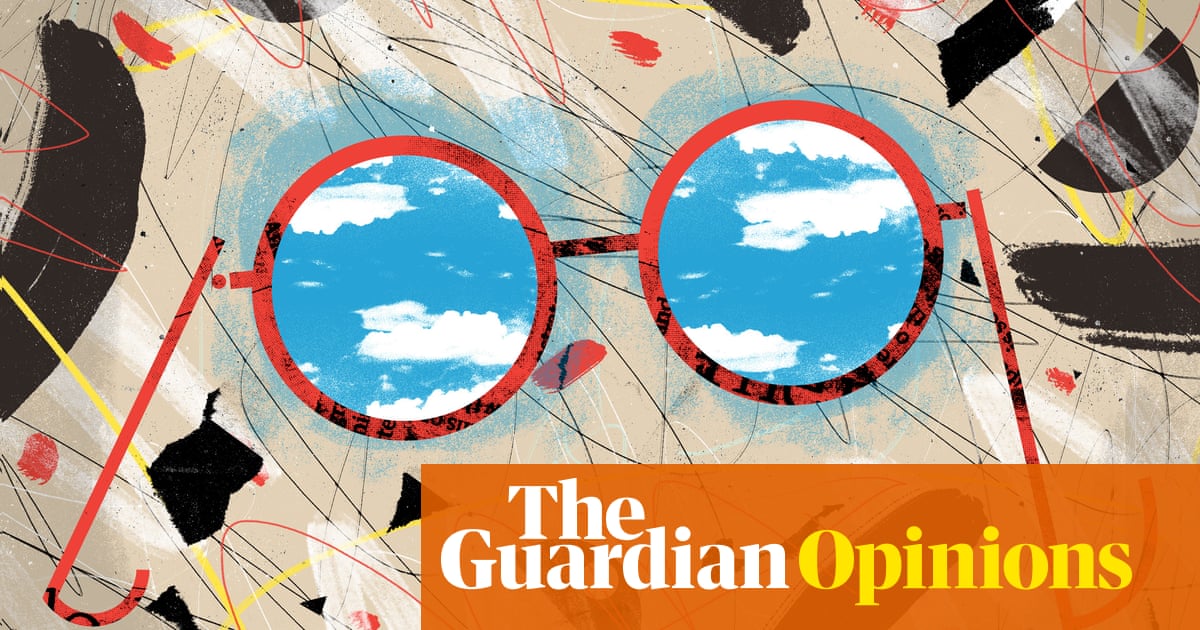Amidst the Distortion of ‘AI Slop,’ Society Risks Unconscious Descent into Crisis

The Rise of AI-Generated Visual Content
Two Distinct Visual Streams
In today’s digital age, there are two main types of visual content that compete for our attention. The first is authentic imagery and videos that depict reality—covering topics like politics, sports, news, and entertainment. The second type is what some have termed "AI slop," which consists of low-quality generated content with little human involvement. This AI-created material often features trivial or absurd themes, such as cartoonish portrayals of celebrities, whimsical fantasy worlds, and anthropomorphized animals. Some of it has a more unsettling character, like AI-generated portrayals of women merely "being," akin to a virtual companion that offers no real interaction.
Political Manipulation through AI
A striking example of AI slop is the emergence of right-wing political imagery, particularly the use of artificial intelligence to create fantastical scenarios where political figures like Donald Trump triumph over liberal opposition. Such content has become rampant on platforms like YouTube and social media channels, often exploring exaggerated political narratives. For instance, a variety of AI images have been created by both supporters and critics of the current political climate, often propagating distorted realities.
AI content isn’t just limited to the United States. In fact, examples exist globally where AI-generated videos mock political controversies, contributing to a distorted view of reality. Notably, a recent video release ridiculed U.S. workers in response to trade tariffs, creating waves in political discourse. This phenomenon extends the concept of traditional propaganda into the digital age, democratizing the dissemination of fabricated reality while removing any constraints of actual human experience.
The Unchecked Spread of Misinformation
Social media platforms, especially WhatsApp, have made it easier for AI-generated content to be shared widely without a system to verify its accuracy. The nature of these platforms means that anything sent through them can carry an unwarranted aura of credibility, primarily due to the trust users have in the sender. This issue complicates the challenge of discerning truthfulness, as witnessed with many individuals falling prey to fantastical narratives about significant events, such as conflicts in Sudan.
The emotional resonance of AI-generated content further ensures that misinformation sticks. This is particularly significant for individuals who are vulnerable or eager to find validation for their political beliefs. Consequently, AI is not just producing a wide variety of content but is also idealizing and sanitizing political narratives in ways that reinforce certain ideologies.
The Landscape of AI Content
Media scholar Prof. Roland Meyer points out a concerning trend involving generative AI—specifically, its output often reflects conservative ideals and nostalgia. This happens because AI is trained on existing data sets that inherently favor certain norms, particularly in terms of race, gender, and social expectations.
A growing genre of AI content, often referred to as "trad wife" media, depicts idealized images of women as homemakers, feeding into notions of patriarchy and nostalgia for a simpler, albeit imagined, past. This trend raises ethical concerns about how digital platforms can encapsulate harmful ideologies, likening this phenomenon to the aesthetics of fascism.
The Battle for Attention
Despite the often chaotic nature of AI-generated content, it engages audiences effectively. Platforms like Facebook thrive on sensationalized media, prioritizing engagement over truthfulness. AI-generated images that evoke strong emotional reactions are increasingly recognized as what social media companies seek: inexpensive, engaging content that requires minimal human effort.
The sheer volume of this AI content leads to desensitization among users. As individuals scroll through feeds filled with everything from lighthearted whimsy to deeply disturbing images, their ability to process real-world issues becomes impaired. Actual events—from political protests to humanitarian crises—are often drowned out by this flood of digital noise.
The Challenges of Modern Media Consumption
The trivialization ingrained in the modern attention economy complicates our relationship with serious topics. In a landscape filled with outrageous caricatures and trivial distractions, even significant news is presented as entertainment, further blurring the lines between reality and fiction.
As algorithms rapidly evolve to provide personalized content, individuals get pulled into subjective experiences, making it increasingly difficult to access objective truths. This creates a paradox where the urgency of pressing global issues feels muted, leaving many unable to engage critically with real-world problems. Thus, even as information is more accessible than ever, the methods of its presentation can lead to a peculiar disconnect from the realities that ought to command our attention.





